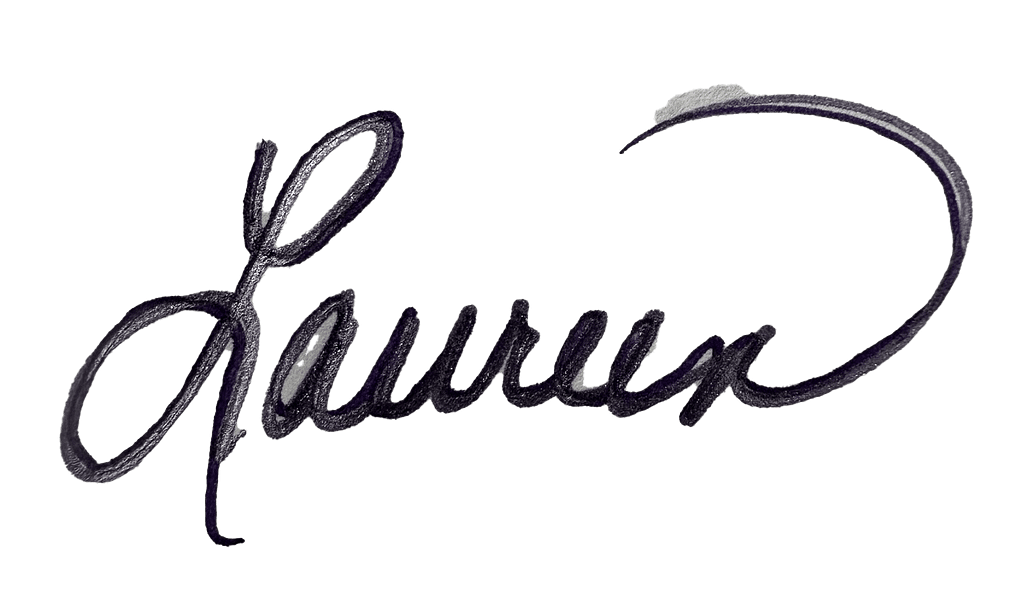Over the holidays, I had the pleasure of working with a total newbie to quilting. She is 13 years old and decided she wanted to learn how to sew.
The Newbie
She convinced her mom to open up the sewing machine that had been sitting in a box for a few years. Then, she pulled up a bunch of YouTube videos and started to teach herself.
She reminded me so much of myself at that age. Of course, back then, we didn’t have YouTube videos. We had the Reader’s Digest Complete Guide to Needlework or another treasured book to learn from. If you were lucky, your mom or grandmother would help you out when you got really stuck.
And this young lady got stuck. She broke a needle, and the stitches were all wonky. When I found out, I volunteered to help.
She brought her machine over. We sat down and started to diagnose the issue. It was a simple machine, so I had to go back to the basics. Amazing how spoiled we get with our fancy machines….
It turns out that the tension was all off. The bobbin was way too tight. And the top was off as well. We got everything adjusted properly and she has been stitching ever since.
Reflections
This got me thinking. There is so much that seasoned quilters take for granted.
We are anxious to learn more and hone our own skills. We forget about where we started. And we all started there… (Here is my first quilt as proof!)
Looking back at my first few quilts, what advice did I need? What advice would have helped me.

These are the twelve things I wished I had known. Some of them may seem intuitive, but hindsight is 20/20, even in quilting.
# 1 Start Simple
Start with a small simple pattern. Your success will give you confidence to do the next one.
# 2 Starch is Your Friend
Starch your fabric before cutting. It will ensure the fabric doesn’t warp while you cut and sew. You can wash it out when you are done.
NOTE: If you are using fusible for applique, starch may not be your friend… It can get prevent things from sticking.
# 4 Good Tension Will Prevent Headaches
Check your tension. It is almost always the top (not the bobbin) that needs to be adjusted. The seams should look the same on both sides. Use different color thread in the bobbin and top when calibrating. That way you can see if one is tighter than the other. The right one will be flatter.
#5 The Sharper, the Better
This goes for needles and scissors. Needles are inexpensive and sharp needles can make a huge difference in tension and precision. So don’t skimp. Change them often.
The same is true for rotary cutting blades. Sharp blades save fabric and your wrists. Change the blade when you need to cut more than once to get through the fabric.
#6 Invest in Good Rulers
You don’t need a lot of rulers. This is coming from a woman who owns many and uses few.
The best are the following sizes: 2 1/2″ x 12 1/2″ (for piecing), 6 1/2″ x 24 1/2″ (for cutting width of fabric strips), and several sizes of quilters squares that have a diagonal mark (4 1/2″, 8 1/2″ and 12 1/2″). If you want to invest more, the quilters squares are the best.
Only buy specialty rulers if you will use them often.
#7 Thread Matters
Use light colored thread. You can always hide it later with fabric markers.
This saves you time and money. You won’t have half full drawers of bobbins. And thread is expensive!
#8 Get a Guide
Go slow and concentrate on your 1/4-inch seam.
Go ahead and use guides like layers of painter’s tape to make a seam guide. Measure 1/4” from the need and layer painters’ tape to create a guardrail 1/4” from the needle.
That guardrail will help build you visualize the seam allowance.
# 9 Piecing Isn’t Perfect
It is easier to trim pieces after sewing than to sew 1/4” seam. So, cutting pieces a little wider is ok. Then, trim the pieces to the right size after sewing.
#10 Press to One Side
Press seams to one side (not open). That ridge formed by seam allowance will help you nest your seams when piecing.
# 11 Don’t Be Too Proud
Don’t be afraid of your seam ripper. Most of us have named ours.
There is not shame if you need to use it. even the pros use theirs.
#12 Have Fun
Most of all, relax and have fun. There are no quilt police.
It is just you, your fabric and your machine making something beautiful.
Your Thoughts?
I would love to hear what advice you would give a new quilter??
Please comment on this post and share with us.
Happy Quilting




